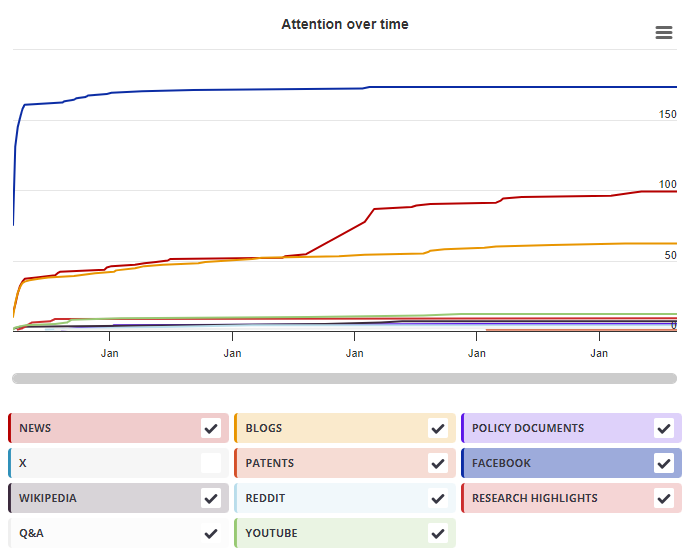You are seeing a free-to-access but limited selection of the activity Altmetric has collected about this research output.
Click here to find out more.
Timeline

Mendeley readers
| Chapter title |
Solving Number Series with Simple Recurrent Networks
|
|---|---|
| Chapter number | 43 |
| Book title |
Natural and Artificial Models in Computation and Biology
|
| Published by |
Springer, Berlin, Heidelberg, June 2013
|
| DOI | 10.1007/978-3-642-38637-4_43 |
| Book ISBNs |
978-3-64-238636-7, 978-3-64-238637-4
|
| Authors |
Stefan Glüge, Andreas Wendemuth |

Mendeley readers
The data shown below were compiled from readership statistics for 2 Mendeley readers of this research output. Click here to see the associated Mendeley record.
Geographical breakdown
| Country | Count | As % |
|---|---|---|
| Unknown | 2 | 100% |
Demographic breakdown
| Readers by professional status | Count | As % |
|---|---|---|
| Researcher | 1 | 50% |
| Other | 1 | 50% |
| Readers by discipline | Count | As % |
|---|---|---|
| Computer Science | 2 | 100% |
